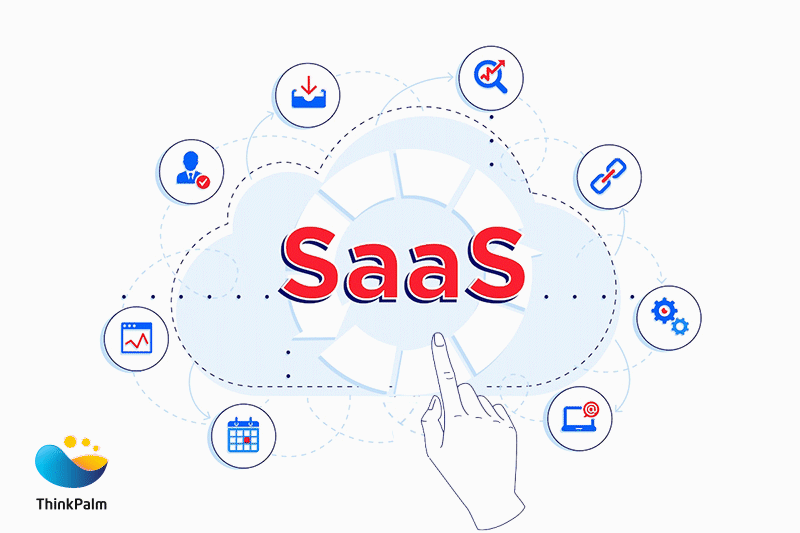
Introduction:
In the dynamic landscape of modern business, staying ahead requires agility, efficiency, and seamless collaboration. Traditional software models often struggle to keep up with the rapidly evolving needs of businesses. Enter Software as a Service (SaaS), a game-changer that has redefined the way companies operate, collaborate, and grow. In this blog post, we'll explore the transformative power of SaaS applications and how they are reshaping the business landscape.
Understanding SaaS:
SaaS, or Software as a Service, is a cloud-based model that delivers software applications over the internet. Unlike traditional software installations, SaaS eliminates the need for users to download, install, and maintain the software on their local devices. Instead, users can access the application through a web browser, enabling seamless collaboration, real-time updates, and increased accessibility.
Key Benefits of SaaS:
- Cost-Effective Solutions: SaaS eliminates the need for upfront investments in hardware and software infrastructure. With a subscription-based model, businesses can enjoy cost savings on licensing, maintenance, and IT support, making advanced software solutions accessible to businesses of all sizes.
- Scalability and Flexibility: One of the significant advantages of SaaS is its scalability. As your business grows, SaaS applications can easily adapt to increased workloads and user demands. This flexibility ensures that your software solutions can evolve with your business, providing a scalable and future-proof option.
- Collaboration and Accessibility: SaaS applications are designed with collaboration in mind. Team members can access the same set of tools and data from anywhere with an internet connection, fostering seamless collaboration among geographically dispersed teams. This accessibility enhances productivity and enables real-time decision-making.
- Automatic Updates and Maintenance: Forget about the hassle of manual software updates and maintenance. SaaS providers take care of these tasks, ensuring that your business is always equipped with the latest features, security patches, and performance improvements without any disruption.
- Enhanced Security Measures: SaaS providers prioritize security to protect user data and ensure compliance with industry standards. With dedicated teams focused on cybersecurity, SaaS applications often provide robust security measures, including encryption, multi-factor authentication, and regular security audits.
Use Cases of SaaS Applications:
- Customer Relationship Management (CRM): SaaS CRM solutions streamline customer interactions, helping businesses manage leads, automate sales processes, and improve customer relationships.
- Enterprise Resource Planning (ERP): SaaS ERP solutions integrate core business processes, such as finance, HR, and supply chain management, into a unified platform, fostering efficiency and data consistency.
- Collaboration Tools: SaaS collaboration tools enable teams to communicate, share files, and work together in real time, enhancing productivity and reducing communication barriers.
- Project Management: SaaS project management tools empower teams to plan, execute, and track projects efficiently, ensuring deadlines are met and goals are achieved.
Conclusion:
In a world where adaptability and efficiency are key to success, SaaS applications emerge as a transformative force, reshaping the way businesses operate. By embracing the benefits of SaaS—cost-effectiveness, scalability, collaboration, automatic updates, and enhanced security—businesses can position themselves for growth and innovation in the ever-evolving digital landscape. As we look to the future, the continued evolution of SaaS promises to bring even more exciting possibilities for businesses seeking to thrive in the digital era.